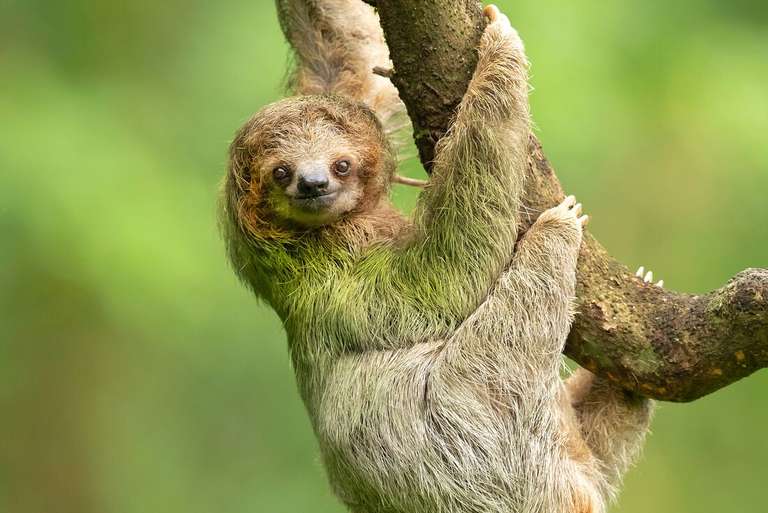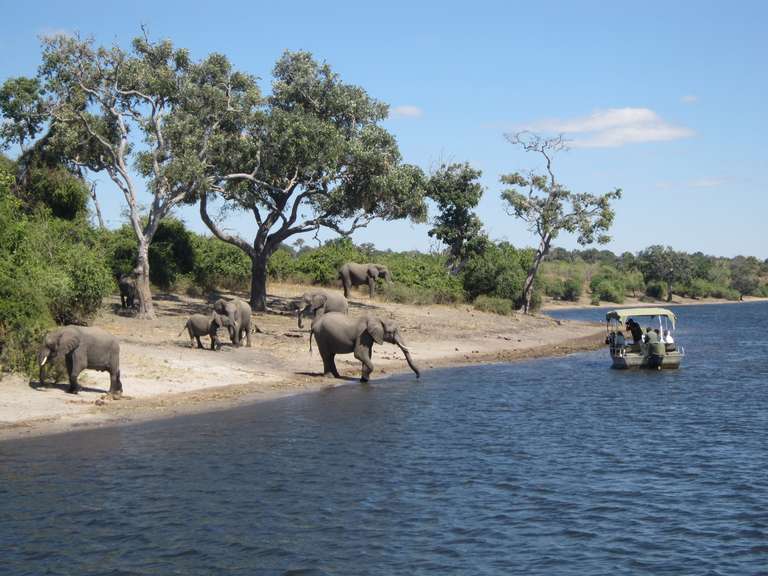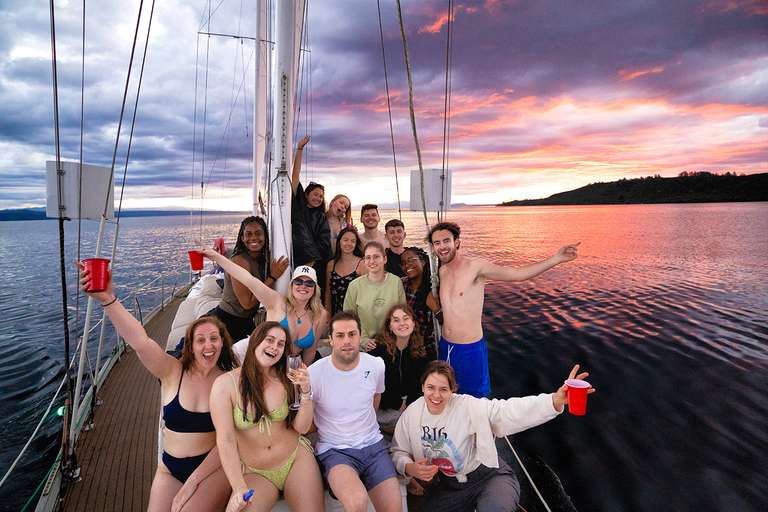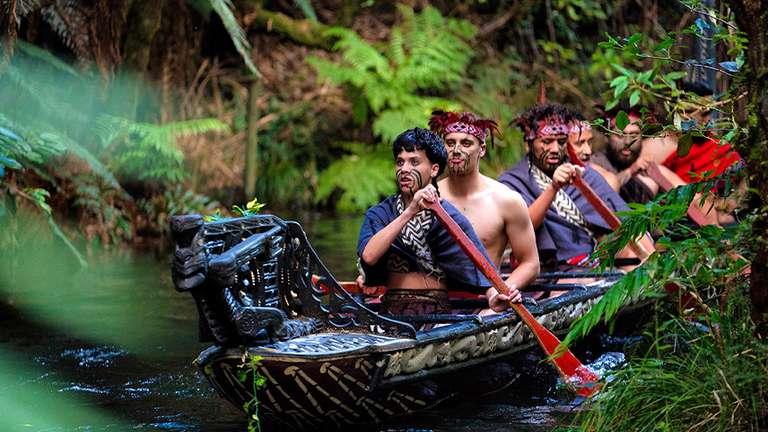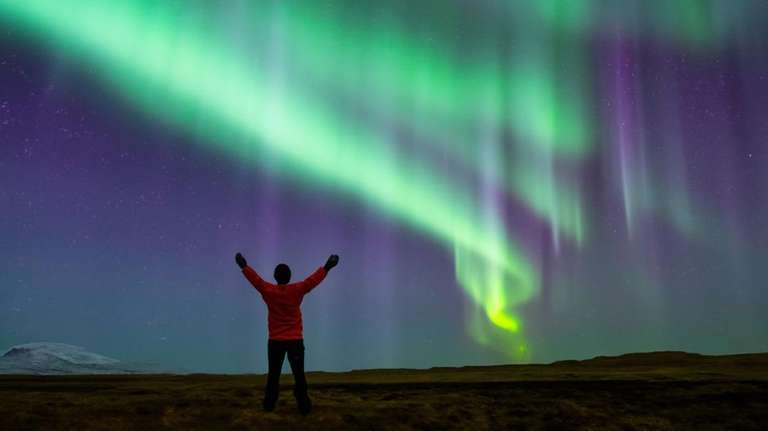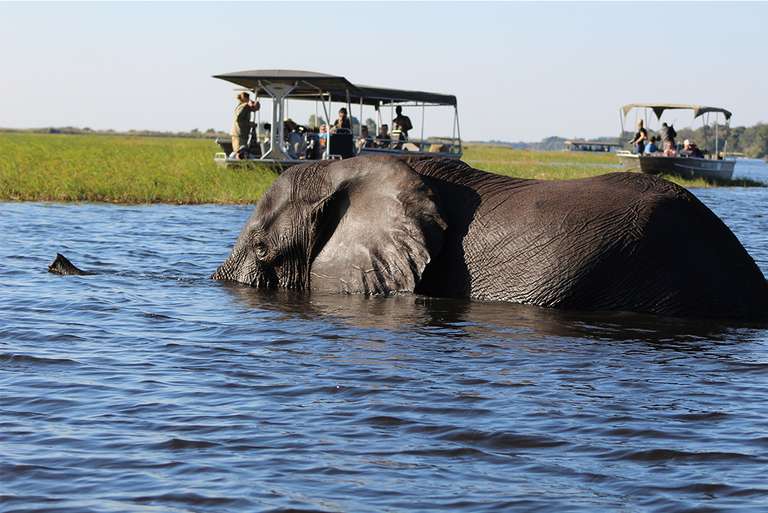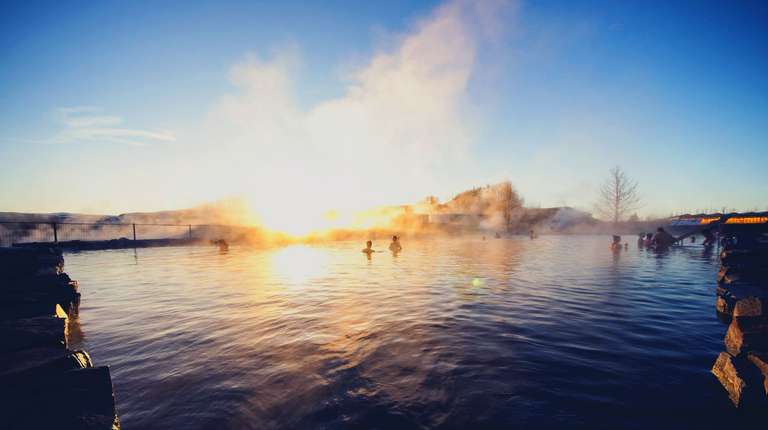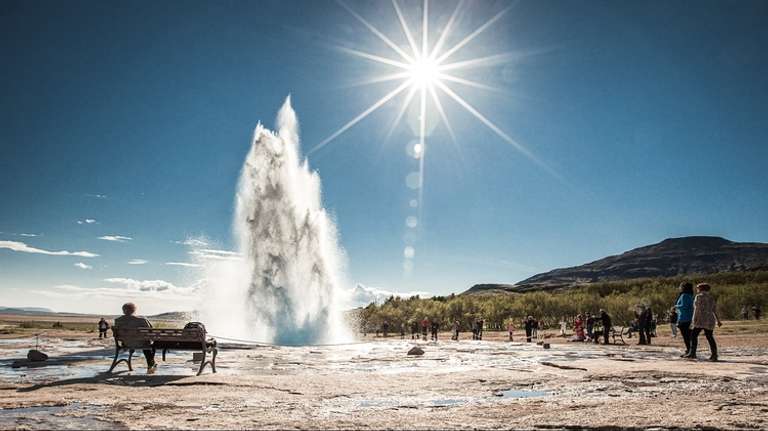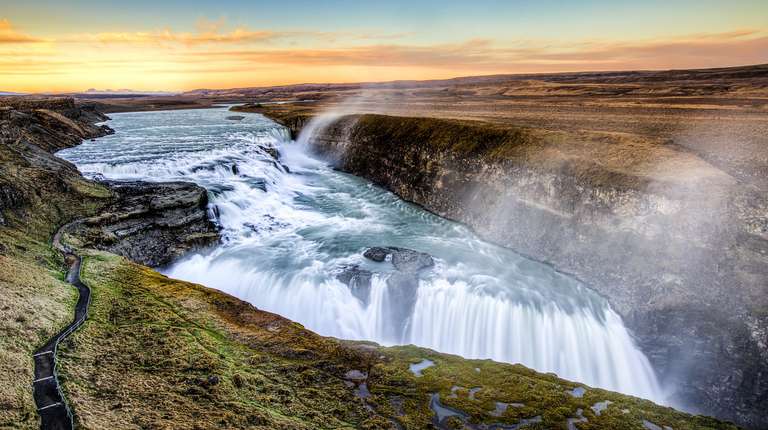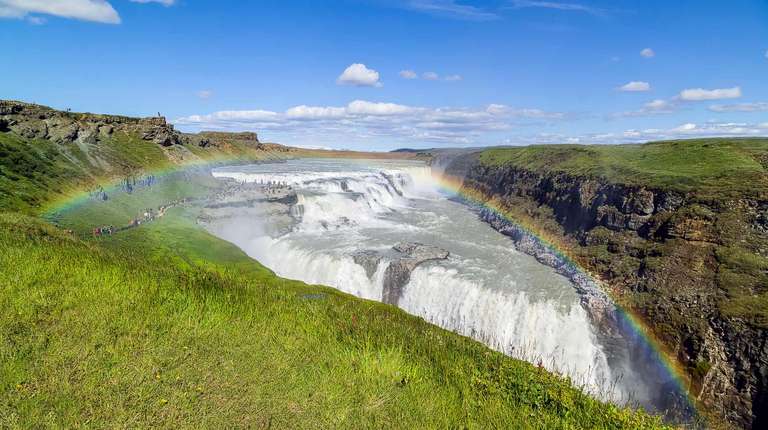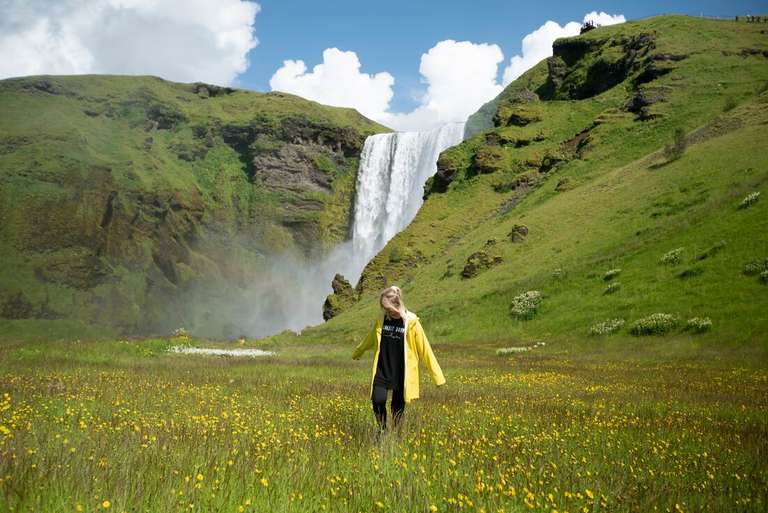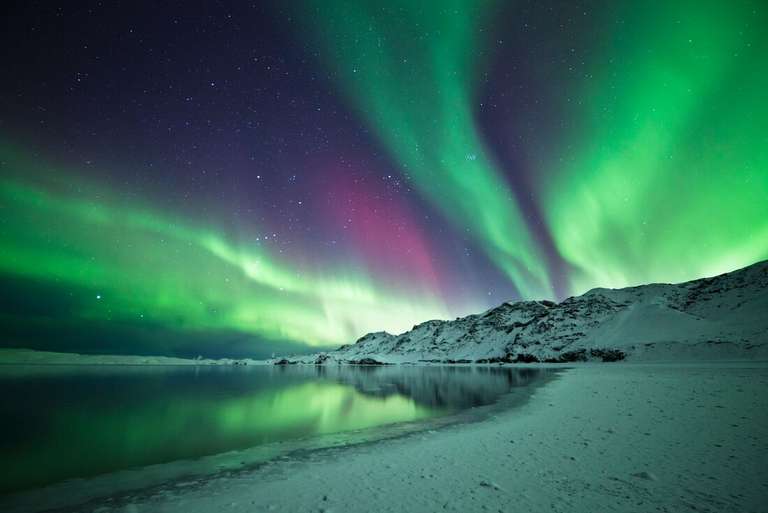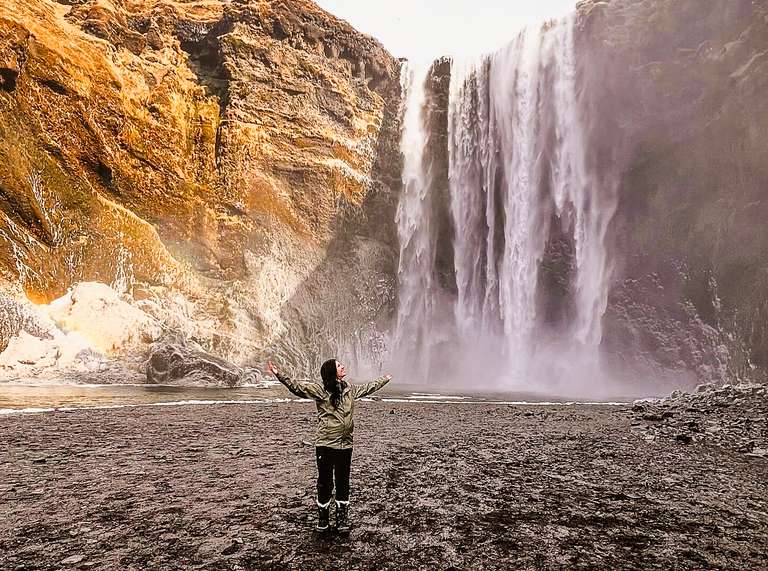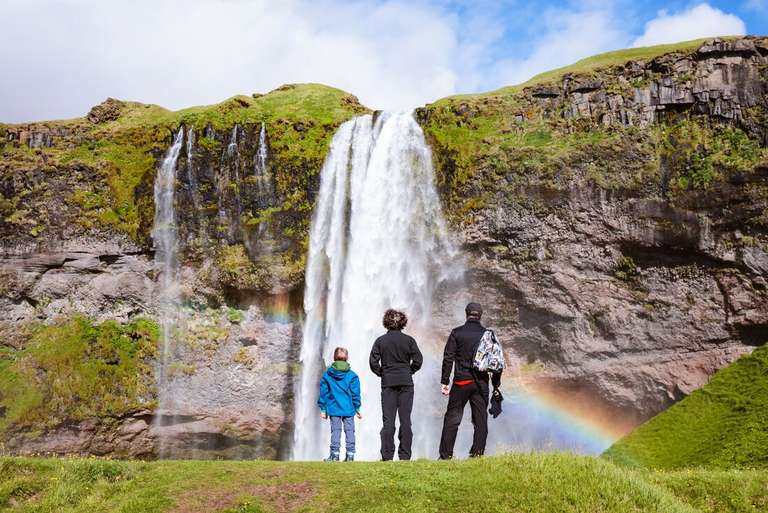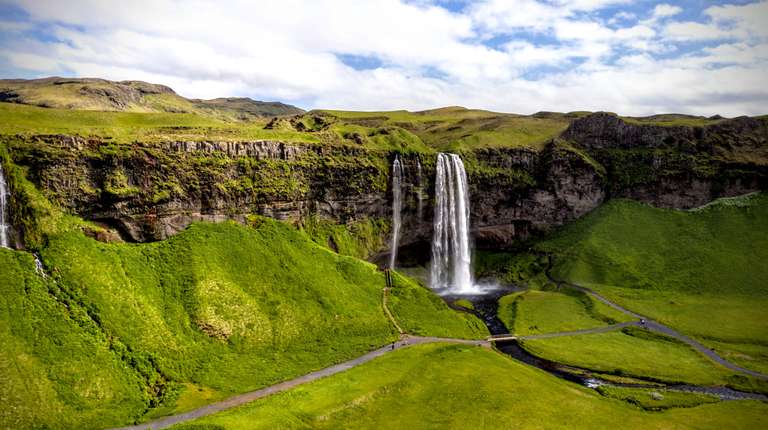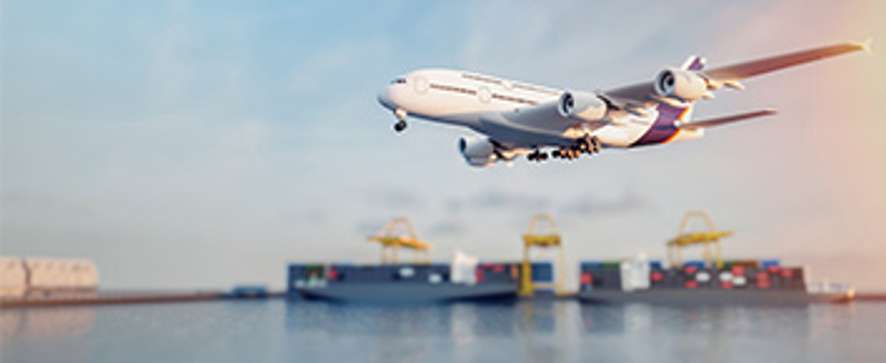The Golden Circle in Iceland: Everything You Need to Know

- Jane W
- From
- Jane W
- From
- Leslie E
- From
- Danine D
- From
In addition to being one of the main attractions along the Golden Circle route, the Thingvellir National Park is a site of utmost historical, natural, and cultural importance in Iceland. While the national park was founded in 1930, the area itself dates back all the way to when the first settlers in Iceland arrived and when the Icelandic Parliament was established in 930. At this park, entrance to which is free, travellers can see stunning natural phenomena like the Geysir hot spring and the Gullfoss Waterfall.
The Geysir geothermal field is comprised of two hot springs in Iceland. The most famous hot spring, Geysir, no longer spouts, while the other geyser, Strokkur, is extremely active, spouting every 5 –10 minutes. Private landowners charge an entrance fee to Geysir of USD 5 in order to support the development and protection of the area. Gullfoss is without a doubt the best known waterfall in the country and there is no entrance fee to see the extremely powerful and visually remarkable cascade of the fall down two huge steps into a deep gorge.
Entrance: Free

Located in southern Iceland, the Kerid Volcanic Crater is one of several crater lakes that belong to Iceland’s Western Volcanic Zone. Kerid is one of the most recognizable volcanic craters in the area because at about 3,000 years old, it is half the age of its surrounding craters. The majority of the crater is steep and covered with minimal vegetation, but one wall has a gentle slope and is covered with deep moss, making it easy to hike. The lake of the crater is relatively shallow, but thanks to minerals in the soil, the water is a beautiful opaque, aquamarine colour. Landowners charge an entrance fee of about USD 3 to see the crater.
3. Hveragerdi Town

Hveragerdi is a town and municipality in southern Iceland. The Varma river runs through the town, famous for its greenhouses, which are heated by hot water from volcanic hot springs in Iceland. The town contains a fenced-off geothermal area where multiple hot springs and fumaroles can be found. In addition to this area, Hveragerdi is home to several greenhouses and the town serves as a breeding ground for Icelandic horticulture. A ticket from the capital to Hveragerdi costs USD 8 but entry to the town itself is free.
4. The Skalholt Cathedral

The Skalholt cathedral is a historical site also located in the south of Iceland. Skalholt remained a place of importance in Iceland for eight centuries. From 1056 to 1785, it served as a major cultural and political center. In 1056, Iceland’s first official school was founded at Skalholt to educate clergy. The cathedral currently serves as the Church of Iceland’s education and information center. Skalholt receives many visitors annually and hosts numerous cultural events such as a series of Summer Concerts in July in which prominent musicians and choirs perform. Skalholt is open to all and charges no entrance fee.
5. Reykjadalur


The Reykjadalur area is a hiking trail just a 40-minute drive away from the capital city, Reykjavik; making it a perfect day hike in Iceland for people who are short on time. Reykjadalur’s direct translation is 'steam valley', due to a constant flow of steam along the trail. Travelers can hike to the hot springs or discover a secret lagoon within the trail, all without having to pay an entrance fee.
6. Solheimajokull
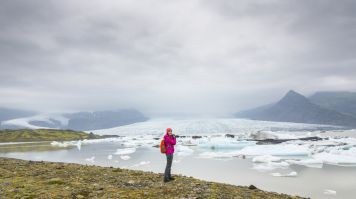

Another popular spot for hiking along the Golden Circle route is Solheimajokull Glacier. Solheimajokull is a small glacier tongue extending from the huge Myrdalsjokull glacier down to the sandy plains of Iceland’s South Coast. Along this free, safe, and relatively easy to tread glacier, travelers can view stunning ice sculptures and naturally shaped rock formations.
7. Skogafoss and Seljalandsfoss Waterfalls

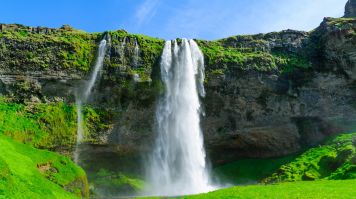
Not far from the Solheimajokull glacier is the scenic southern coast and the Skogafoss and Seljalandsfoss waterfalls. The Skogafoss waterfall borders the coastal lowlands and the highlands of Iceland, along with some surrounding mountains. At 65 metres drop, Seljalandsfoss is one of the popular waterfalls in Iceland. Interestingly, visitors can walk behind it into a small cave. Entrance to both waterfalls is free.
8. The Blafjoll Mountains

The Blafjoll Mountains, or Blue Mountains, is a beautiful mountain range located not far from Reykjavik near the lava plateau of Hellisheidi. The mountain range is the most popular skiing venue for the people in Reykjavik and the surrounding areas. Blafjoll offers slopes that are great for downhill skiing, cross-country skiing, and snowboarding with daily ski pass tickets starting at USD 31 for adults. At the outskirts of the Blue Mountains is an area with frequent volcanic activity, Kristnitokuhraun, a field created by lava flow dating back all the way to the year 1000.
From hiking, skiing, and watching geysers spout to visiting a cathedral rich with cultural and historical importance and a town dedicated to horticulture, there are a wealth of activities for travelers to participate in, most of which have no entrance fees.


